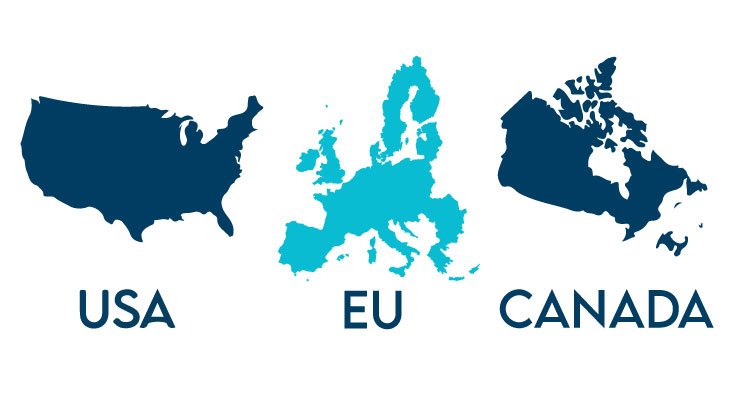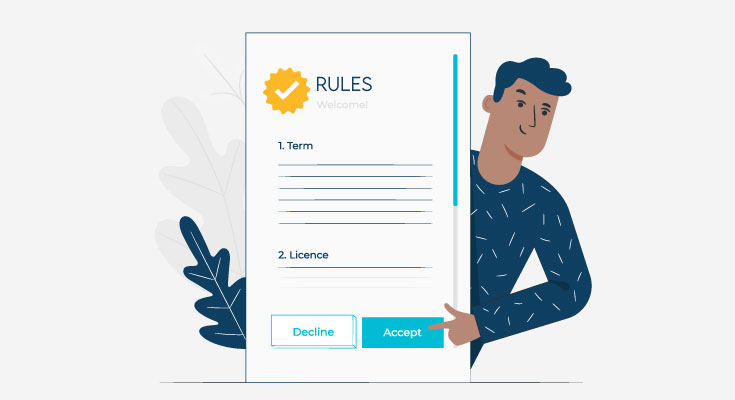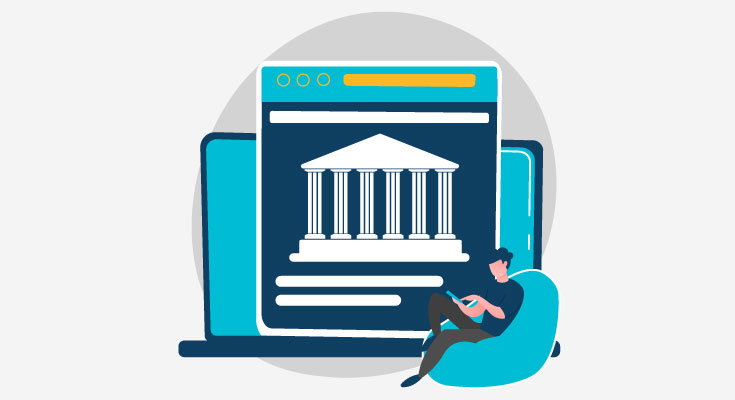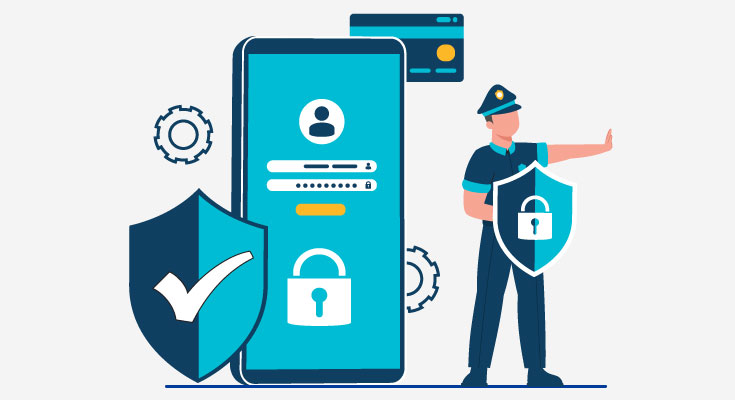The regulatory landscape for cryptocurrencies has been changing rapidly in the past few months. New regulations, along with old ones, have also come into force. In this article, we will be discussing the latest developments in the crypto regulations landscape in Canada and United States. The concerns around potential risks arising from investing in cryptocurrencies or token sales led to a tightening of the regulatory environment by several securities regulators in both the United States and Canada.
The Canadian Securities Administrators (CSA) published a notice on September 12 that outlines their views on how securities laws apply to businesses that deal in virtual currencies such as bitcoin and ether. And on September 25, the U.S Securities and Exchange Commission (SEC) announced that it will begin monitoring digital token sales to protect investors from risks involving unregistered securities.
Canada
Canada has been one of the most active jurisdictions in terms of regulating cryptocurrencies, digital tokens, and Initial Coin Offerings (ICOs). As early as 2013, the Canadian government published an analysis of the risks associated with cryptocurrencies. In the same year, Canada’s federal budget stated that the government will “develop options for the treatment of virtual currencies”.
In December 2017, the Canadian Securities Administrators (CSA) published a notice that explains how regulation of “securities offerings of investment contracts” applies to ICOs. The notice notes that “an investment contract exists when a person invests their money in a business and expects to earn a profit from the investment”. The CSA also clarified that an ICO falls under the definition of an ‘investment contract’. Therefore, the sale of cryptocurrencies or tokens cannot be done outside of the regulatory framework.
United States
The United States has also been proactive in regulating cryptocurrencies, digital tokens, and ICOs. However, there is a significant difference between the regulatory approaches taken by the U.S. Securities and Exchange Commission (SEC) and the Commodity Futures Trading Commission (CFTC). As far as cryptocurrencies are concerned, the SEC is of the view that they are securities and therefore, they are subject to the Securities Act of 1933 and the Securities Exchange Act of 1934. The CFTC, on the other hand, believes that cryptocurrencies are commodities and are regulated by the Commodity Exchange Act of 1936.
Exchange-Traded Funds (ETF) Proposals
An ETF is a fund that owns the underlying assets (in this case cryptocurrencies) and divides ownership in the fund into shares. These shares are then listed and traded on a stock exchange. If an ETF has a good performance, it means that the value of the fund will increase and the shares will be worth more. A few exchanges have filed proposals to the SEC for the launch of ETFs that will invest in cryptocurrencies as well as tokens.
The Winklevoss twins, who are well known for their involvement in cryptocurrencies, have also applied for a Bitcoin ETF. Most of these proposals are still under consideration by the SEC. However, in August, the SEC rejected a proposal filed by the Winklevoss twins for a Bitcoin ETF. The SEC noted that the proposal was not consistent with the definition of ‘security’ as provided in the Securities Act of 1933 and the Exchange Act of 1934.
Crypto Regulations in the EU
The EU has been thinking about crypto the same way as other countries. According to a report, around 17% of Europeans have purchased Crypto. Most residents see crypto as a long-term investment. It’s not yet accepted as a payment method.
There is some curiosity about the topic as a lot of people are interested in learning about payment methods.
As of right now, there are different crypto rules that every country has set for itself. In the 5AMLD regulations, crypto exchanges and crypto wallet providers are considered “obliged entities” and they’ll have to face the same rules as other financial institutions.
While 5AMLD brought crypto exchanges under the scope of AML regulations, there’s not a single KYC rule across the EU. In 6AMLD, there will be a single guideline/rulebook for KYC all across the EU.
Currently, the directive is making its way through the member states’ legislative processes, and it will take some time for complete implementation.
Regulation on Markets in Crypto Assets
In September 2020, the EU Commission proposed the regulation on markets in Crypto assets to provide some kind of legality around the treatment of crypto-assets. The end goal is to promote innovation, offer proper protection to consumers, and make sure that the financial market stays stable.
The EU Commission approved the regulation in March 2022, almost pushing it towards becoming a law. It is expected to become a law by 2024.
According to the commission, enabling full access to the internal market and providing legal certainty will lead to innovation.
To minimize the risk of money laundering, the goals of MiCa include:
- Managers and principal shareholders are perfect for purpose and have sufficient expertise in dealing with AML and Combating the Financing of Terrorism regulations.
- Robust internal control and risk assessment mechanisms, systems, and procedures are set in place to make sure the confidentiality of information is kept intact.
- Crypto assets service providers need to maintain records of all kinds of transactions, orders, and services related to crypto-assets that they offer.
- Systems are set in place to detect potential market abuse committed by clients.
Consumers need to have a proper understanding of the EU and country-specific regulations for investments, banking, payments, and due diligence to understand MiCA.
Crypto Regulations for Germany
In Germany, 40 banks are already interested in offering crypto custody services after the latest AML laws. With EU-wide rules and an open market, there are some specific expansion opportunities.
Under the German Banking Act (KWG), licenses are required for crypto exchange platforms. BaFin is the German Federal Financial Supervisory Authority is the authority that has issued guidance for managing crypto securities registers.
In Germany, the identity requirements include:
- First and Last Name
- Place of birth
- Date of birth
- Nationality
- Residential address
Crypto Regulations for France
Out of all the countries, the KYC rules in France have been hardened the most to include all Crypto transactions. This includes crypto-to-crypto transfers. The rules in France are harsher than in other jurisdictions. Holding anonymous accounts is prohibited and there are strict KYC obligations for every account. All crypto accounts have to undergo the identity verification process.
The ID verification for a crypto account in France includes:
- Full Name
- Residential address verification
- Government-issued document with a photograph
In the coming couple of years, Europe’s crypto landscape will change dramatically. Especially after MiCA and other regulations become effective.
New Regulations for Exchanges and ICOs
There have been changes in regulations governing exchanges, which are the platforms on which cryptocurrencies are traded. Most of these exchanges have been registered as trading facilities or alternative trading systems (ATS) under the Securities Exchange Act of 1934. A trading facility is an entity that regularly facilitates the purchase or sale of securities or commodities, while an alternative trading system is an entity that facilitates the trade of securities or commodities in a manner that does not trigger a regulatory requirement.
In Canada, exchanges must now register as trading or commodity boards. In the U.S., exchanges must register with the CFTC as commodity trading advisors (CTAs) or derivatives clearing organizations (DCOs). Similarly, the SEC has proposed regulations for ICOs. These regulations would require ICOs to register with the SEC as an investment of securities.
Conclusion
The regulatory landscape for cryptocurrencies has been changing rapidly in the past few months. New regulations, along with old ones, have also come into force. In this article, we will be discussing the latest developments in the cryptocurrency regulations landscape in Canada and United States. The concerns around potential risks arising from investing in cryptocurrencies or token sales led to a tightening of the regulatory environment by several securities regulators in both the United States and Canada.
The Canadian Securities Administrators (CSA) published a notice on September 12 that outlines their views on how securities laws apply to businesses that deal in virtual currencies such as bitcoin and ether. And on September 25, the U.S Securities and Exchange Commission (SEC) announced that they will begin monitoring digital token sales to protect investors from risks involving unregistered securities.














